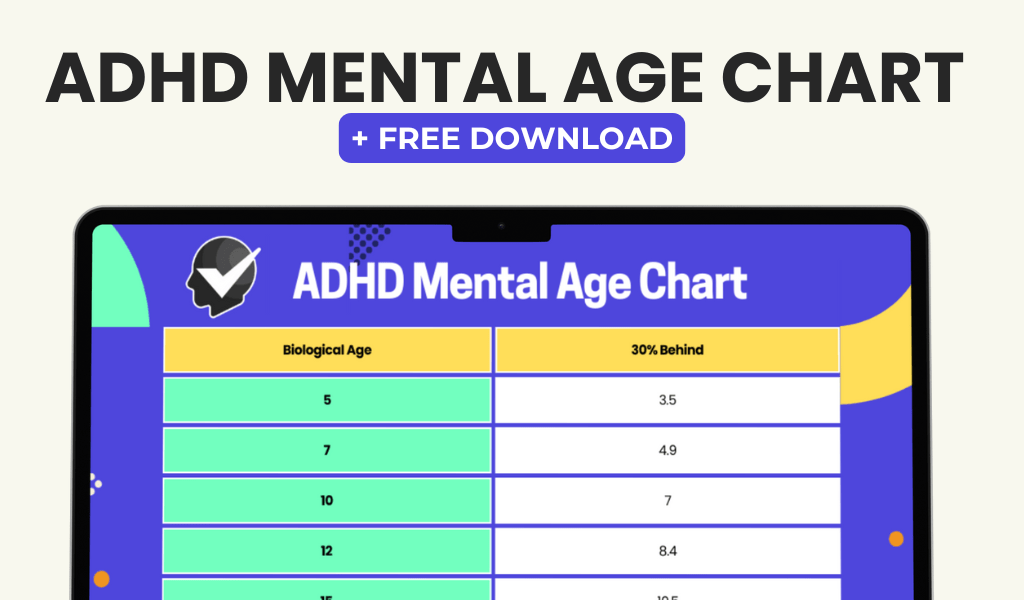ADHD, or Attention Deficit Hyperactivity Disorder, is a neurodevelopmental disorder that affects both children and adults. It is characterized by symptoms such as inattention, hyperactivity, and impulsivity. Children with ADHD may struggle with staying focused, following instructions, and controlling their impulses. These challenges can make traditional classroom settings difficult for children with ADHD, leading many parents to consider homeschooling as an alternative.
Homeschooling can provide a more flexible and individualized learning environment for children with ADHD. It allows parents to tailor the curriculum to their child’s specific needs and learning style, providing the necessary support and accommodations to help them succeed academically. Additionally, homeschooling can offer a more structured and supportive setting, which can be beneficial for children with ADHD who thrive in predictable routines. Understanding the unique needs of children with ADHD is crucial when homeschooling, as it allows parents to create an environment that fosters their child’s academic and personal growth.
Key Takeaways
- ADHD can present unique challenges in a homeschooling environment, but understanding the condition and how it affects learning is crucial for success.
- Tailoring the curriculum to your child’s specific needs and learning style is essential for accommodating ADHD in a homeschool setting.
- Creating a supportive and structured learning environment can help children with ADHD thrive and stay focused on their studies.
- Utilizing ADHD-friendly teaching methods, such as breaking tasks into smaller steps and providing frequent breaks, can improve learning outcomes for children with ADHD.
- Incorporating movement and hands-on learning activities can help children with ADHD stay engaged and retain information more effectively.
Tailoring the Curriculum to Your Child’s Needs
When homeschooling a child with ADHD, it’s essential to tailor the curriculum to their specific needs and learning style. This may involve incorporating more hands-on activities, breaking lessons into smaller, manageable chunks, and providing frequent breaks to help them stay focused. Additionally, using visual aids, interactive games, and technology can help engage children with ADHD and make learning more enjoyable.
It’s also important to consider your child’s strengths and interests when designing the curriculum. By incorporating subjects and activities that they are passionate about, you can help them stay motivated and engaged in their learning. For example, if your child loves science, you can focus on hands-on experiments and nature walks to make the subject more exciting and relevant to their interests. By tailoring the curriculum to your child’s needs and interests, you can create a more effective and enjoyable learning experience for them.
Creating a Supportive and Structured Learning Environment
Children with ADHD often thrive in structured and supportive environments. When homeschooling, it’s important to create a consistent daily routine that provides clear expectations and guidelines for your child. This can help them feel more secure and focused, as they know what to expect each day. Additionally, setting up a designated learning space that is free from distractions can help minimize potential triggers for inattention and hyperactivity.
Incorporating organizational tools such as visual schedules, checklists, and color-coded materials can also help children with ADHD stay on track and manage their time effectively. Providing positive reinforcement and praise for their efforts can further encourage them to stay motivated and engaged in their learning. By creating a supportive and structured learning environment, you can help your child with ADHD feel more confident and capable in their academic pursuits.
Utilizing ADHD-Friendly Teaching Methods
| Teaching Method | Effectiveness | Notes |
|---|---|---|
| Chunking Information | High | Breaking down content into smaller, more manageable sections |
| Visual Aids | Medium | Using images, diagrams, and charts to supplement verbal information |
| Active Learning | High | Engaging students through hands-on activities and group discussions |
| Flexible Seating | Medium | Allowing students to choose their seating arrangements to accommodate their needs |
When homeschooling a child with ADHD, it’s important to utilize teaching methods that are tailored to their unique learning needs. This may involve using multisensory approaches that engage different senses, such as sight, sound, and touch. For example, incorporating music, movement, and tactile materials into lessons can help children with ADHD stay focused and retain information more effectively.
Additionally, breaking down complex tasks into smaller, more manageable steps can make learning more accessible for children with ADHD. Providing clear instructions and using repetition can also help reinforce key concepts and improve retention. It’s important to be patient and flexible when using ADHD-friendly teaching methods, as it may take time to find the strategies that work best for your child. By adapting your teaching approach to accommodate their needs, you can help your child with ADHD thrive academically.
Incorporating Movement and Hands-On Learning
Children with ADHD often benefit from incorporating movement and hands-on learning into their daily routine. Physical activity can help them release excess energy and improve their focus and attention. Incorporating regular movement breaks, outdoor playtime, or physical exercise into the homeschooling schedule can help children with ADHD stay engaged and alert throughout the day.
Hands-on learning activities, such as science experiments, art projects, or building models, can also help children with ADHD better understand and retain information. These activities provide a kinesthetic approach to learning that allows children to engage with material in a tangible way. By incorporating movement and hands-on learning into the curriculum, you can create a more dynamic and interactive learning experience for your child.
Encouraging Independence and Self-Advocacy

Homeschooling provides an excellent opportunity for children with ADHD to develop independence and self-advocacy skills. Encouraging your child to take ownership of their learning by setting goals, managing their time, and organizing their materials can help them build essential life skills. Teaching them how to self-regulate their behavior and emotions can also empower them to navigate challenges more effectively.
Additionally, fostering open communication and encouraging your child to express their needs and preferences can help them become better self-advocates. By involving them in decision-making processes related to their education, you can help them develop a sense of agency and confidence in their abilities. Encouraging independence and self-advocacy can empower children with ADHD to take an active role in their education and personal growth.
Building a Strong Support Network
Homeschooling a child with ADHD can be challenging at times, so it’s important to build a strong support network to help you navigate the journey. Connecting with other homeschooling families, joining support groups or online communities, and seeking guidance from educational professionals can provide valuable resources and encouragement. Sharing experiences and strategies with other parents who are homeschooling children with ADHD can offer insights and reassurance.
Additionally, involving family members, friends, or mentors in your child’s education can provide additional support and diverse perspectives. Seeking professional guidance from therapists, tutors, or educational specialists can also offer valuable insights and strategies for addressing your child’s specific needs. Building a strong support network can help you feel more confident and capable as you navigate the challenges of homeschooling a child with ADHD.
If you’re considering homeschooling your child with ADHD, you may find it helpful to read the article “Understanding ADHD Testing” on ADHD-testing.com. This informative piece provides insights into the importance of proper testing and evaluation for children with ADHD, offering valuable guidance for parents navigating the challenges of homeschooling. Understanding the nuances of ADHD testing can empower you to make informed decisions and create a supportive learning environment for your child. Check out the article here to gain a deeper understanding of how testing can benefit your homeschooling journey.
FAQs
What is homeschooling?
Homeschooling is the education of children at home, typically by parents or tutors, rather than in a traditional public or private school setting.
What is ADHD?
ADHD stands for Attention Deficit Hyperactivity Disorder, a neurodevelopmental disorder characterized by difficulty sustaining attention, hyperactivity, and impulsive behavior.
Why might parents choose to homeschool a child with ADHD?
Parents may choose to homeschool a child with ADHD to provide a more flexible and individualized learning environment that can better accommodate their child’s specific needs and challenges.
What are some strategies for homeschooling a child with ADHD?
Some strategies for homeschooling a child with ADHD may include creating a structured daily routine, incorporating frequent breaks, using multisensory teaching methods, and providing clear and consistent expectations.
Are there resources available to support homeschooling a child with ADHD?
Yes, there are numerous resources available to support parents in homeschooling a child with ADHD, including curriculum materials specifically designed for children with ADHD, online support groups, and educational consultants.
What are the potential benefits of homeschooling a child with ADHD?
Homeschooling a child with ADHD can provide a more personalized and flexible learning environment, allowing for individualized instruction and the ability to tailor the curriculum to the child’s specific needs and learning style.
What are the potential challenges of homeschooling a child with ADHD?
Challenges of homeschooling a child with ADHD may include managing the child’s attention and focus, finding effective teaching strategies, and balancing the demands of homeschooling with other responsibilities.














